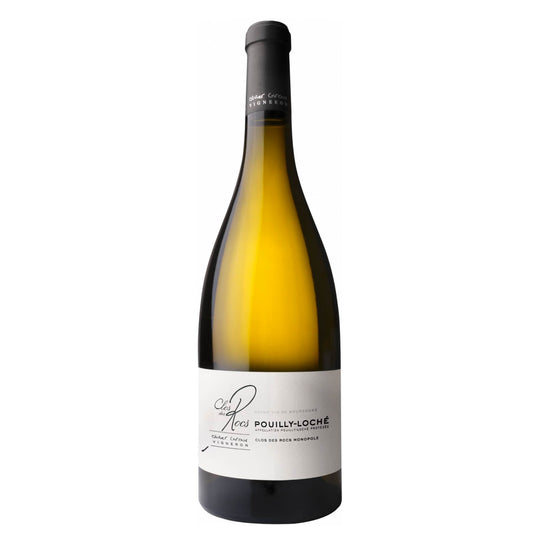History and Heritage
Chardonnay's illustrious story begins in medieval Burgundy, where Cistercian monks first cultivated this noble grape in the 12th century. Named after a charming village in the Mâconnais region, this versatile variety - a natural crossing between Gouais Blanc and Pinot - has become the world's most celebrated white grape. From its humble Burgundian origins to global fame, Chardonnay has proven its remarkable ability to reflect its terroir with unprecedented precision.
Prestigious Appellations Burgundy remains the spiritual home of Chardonnay, where Le Montrachet reigns supreme as the "king of white wines". The buttery opulence of Meursault and the crystalline purity of Chablis showcase the grape's versatility. Beyond France, California's Napa Valley produces luxurious expressions, while Australia's Margaret River and Yarra Valley craft elegant, terroir-driven wines. In England, Chardonnay has found a new voice in exceptional sparkling wines from Kent and Sussex.
Tasting Profile The aromatic spectrum of Chardonnay is remarkably diverse. Cool-climate expressions reveal green apple, citrus, and flinty minerality, while warmer regions produce riper notes of yellow peach and tropical fruits. Oak-aged versions develop complex layers of butter, vanilla, and toasted hazelnuts. The palate can range from crisp and mineral-driven to rich and creamy, always maintaining Chardonnay's characteristic elegant structure.
World-Class Regions While Burgundy sets the benchmark, Chardonnay excels globally. Champagne relies on it for their finest Blanc de Blancs. California's Russian River Valley and Sonoma Coast produce sophisticated, balanced wines. New Zealand's Central Otago and Marlborough offer pristine, focused expressions. South Africa's Walker Bay and Hemel-en-Aarde Valley are emerging as premium Chardonnay destinations.
Food Pairing Excellence Chardonnay's remarkable versatility makes it a favourite among food and wine enthusiasts. For a classic British seafood experience, pair a crisp Chablis with fresh oysters from Whitstable or dressed Devon crab. The wine's mineral edge and citrus notes create magic with shellfish. Moving to richer fare, an oaked Meursault or California Chardonnay works beautifully with roast chicken, especially when served with a bread sauce, or try it with a luxurious fish pie topped with crispy mashed potatoes. For cheese lovers, Chardonnay offers countless possibilities. The buttery notes of a Côte de Beaune white complement creamy Cornish Brie or aged Cheddar perfectly. When entertaining, start your evening with a glass of Blanc de Blancs Champagne alongside smoked salmon blinis or goat's cheese tartlets. For Sunday lunch, a fuller-bodied Chardonnay from Margaret River makes an excellent partner to roasted pork with apple sauce or pan-fried sea bass with herb butter.
Enjoying Your Chardonnay While some wine storage advice can sound rather technical, enjoying Chardonnay at its best is actually quite straightforward. Keep your bottles somewhere cool and consistent - a wine fridge is ideal, but any cool cupboard away from direct sunlight will do nicely. When it's time to serve, pop your Chablis or unoaked Chardonnay in the fridge for about two hours before drinking. For those richer, oaked styles, just an hour and a half will do - you want them slightly less chilled to let those complex flavours shine through. The main thing is to enjoy it at a temperature that suits your palate - there's really no strict right or wrong here.
























